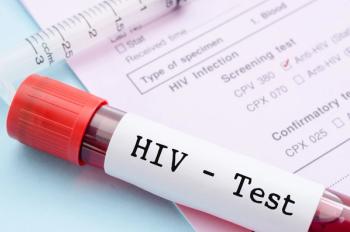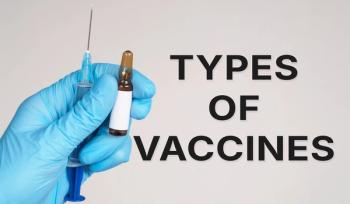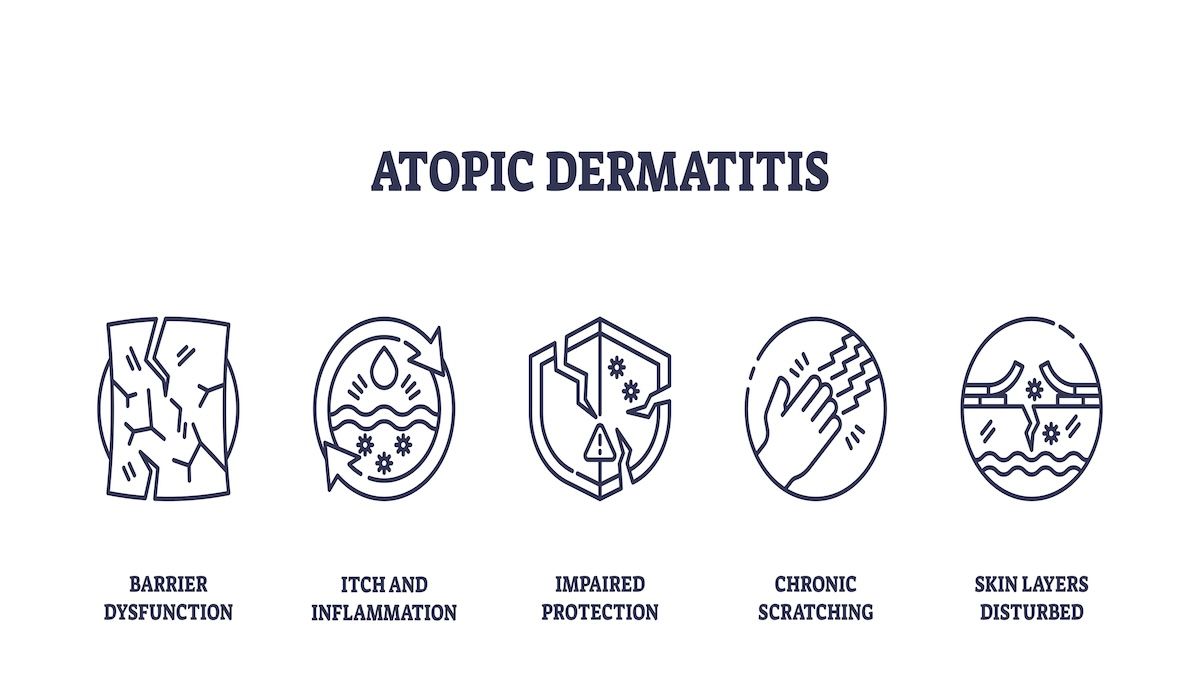
Clinical
Latest News
Latest Videos

CME Content
More News

BeOne Medicines reveals promising results for sonrotoclax, a next-gen BCL2 inhibitor, in treating relapsed mantle cell lymphoma, addressing critical patient needs.

New abstracts from the 26th International Workshop on Clinical Pharmacology of HIV, Hepatitis, and Other Antiviral Drugs 2025 found that ACC017 showed promise in its use as an antiretroviral therapy.

A new study evaluated real-world data on the efficacy of GLP-1s in patients with obesity and heart failure with preserved ejection fraction (HFpEF), confirming findings from prior research.

Long-term follow-up data on the use of BCMA-directed RNA chimeric antigen receptor T-cell therapy (CAR T) for refractory generalized myasthenia gravis show patient outcomes at 2, 3, 6, 9, and 12 months.

Patients had better linkage to care for HIV and HIV was more frequently diagnosed when it was tested alongside other sexually transmitted infections (STIs), such as chlamydia and gonorrhea.

Ovarian cancer deaths remain uneven across age, geography, and racial and ethnic groups, highlighting the need for targeted interventions.

The FDA has approved rilzabrutinib (Wayrilz; Sanofi) as a groundbreaking treatment for immune thrombocytopenia (ITP), enhancing patient outcomes and quality of life.

Patients with chronic obstructive pulmonary disease (COPD) who smoke were less likely to receive tobacco dependence treatment (TDT) if they lived in rural areas or had longer travel times to care, highlighting persistent geographic disparities in access.

Close to 40% of patients with right heart failure and pulmonary arterial hypertension (PAH) who remain critically ill and require admittance to the intensive care unit die within 1 year of that hospitalization.

There are many types of vaccine technologies, and this article will explore a diverse set that includes attenuated live pathogens and toxoid vaccines, highlighting their mechanisms, benefits, and limitations.

Neoadjuvant chemotherapy followed by interval cytoreductive surgery significantly improves survival rates in patients with advanced ovarian cancer compared with chemotherapy alone.

Efgartigimod shows promise as a groundbreaking treatment for seronegative generalized myasthenia gravis (gMG), addressing a critical unmet need in patient care.

Families reported quality of life improvements when they used peanut oral immunotherapy instead of simply avoiding peanuts.

Panelists discuss how atopic dermatitis (AD) presents differently across skin tones, appearing as purple, gray, or barely visible inflammation rather than classic redness, with perifollicular prominence and postinflammatory pigmentation changes being more prominent in patients with darker skin.

Panelists discuss how atopic dermatitis (AD) extends far beyond pruritus to include pain, sleep disturbances, psychosocial stigma, and quality-of-life impacts that affect patients’ work, school, and daily functioning regardless of disease severity.

Many patients later diagnosed with high-grade serous cancer had prior surgical or genetic testing opportunities that could have reduced their ovarian cancer risk, underscoring the need to expand opportunistic salpingectomy and preventive strategies.

In the final clip, James D. Chalmers, MBChB, PhD, notes that while the FDA approval of brensocatib is a milestone, questions remain on optimal patient selection, long-term benefits, and further targeting inflammation.

The definition of comprehensive non-small cell lung cancer (NSCLC) testing is rapidly evolving with new biomarkers and therapies, according to Julia Rotow, MD, creating added challenges for community practices.

Renal Denervation Shows Durable Blood Pressure Benefits in Key Trials: Deepak L. Bhatt, MD, MPH, MBA
Renal denervation modestly lowers blood pressure, with durable long-term benefits, according to Deepak L. Bhatt, MD, MPH, MBA.

Older survivors of HIV require ethical safeguards and autonomy to feel comfortable participating in end-of-life research for a cure for HIV.

A clinical trial assessing a remote weight loss intervention in women with breast cancer saw a reduction in body weight.

Brensocatib, the first FDA-approved dipeptidyl peptidase 1 (DPP1) inhibitor for non–cystic fibrosis bronchiectasis, may have broader potential for other neutrophil-driven conditions, according to James D. Chalmers, MBChB, PhD.

Brexucabtagene autoleucel shows promising efficacy and safety in treating relapsed B-cell acute lymphoblastic leukemia, including patients with CNS involvement.

Rising metabolic score for insulin resistance (METS-IR) levels strongly correlate with major cardiovascular events (MACE) and mortality in patients with type 2 diabetes (T2D), according to one study.

The humanized IgG4 monoclonal antibody was first approved for myasthenia gravis in the US in 2023, with approvals in Japan and the European Union following later that year and 2025, respectively.














































